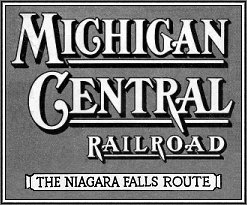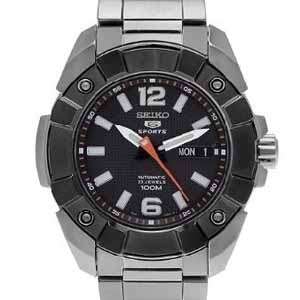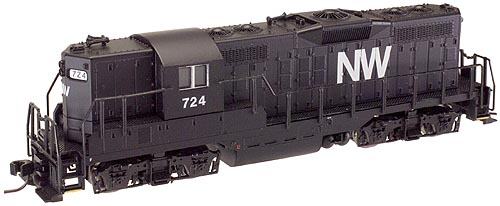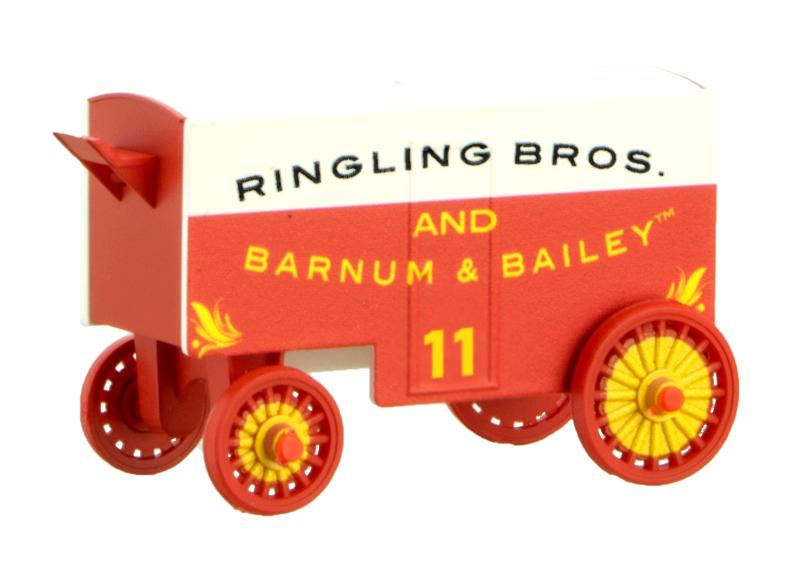Specific Item Information: BLT 12-18
Road Name History:  The MCRR was established in 1846 to acquire the state owned Central Railroad of Michigan, a poorly constructed line between Detroit and Kalamazoo, Michigan. Terms of the deal included replacing the cheap rail on the existing line and continuing construction west to Lake Michigan. It was assumed that cargo for Chicago would then be forwarded via lake boat. MCRR did build to the lake at New Buffalo (and not St. Joseph as intended by the state) because the new owners wanted to get to Chicago on their own rails and New Buffalo was on the way. Railroads were acquired to cross the corner of Indiana and into Illinois. The last few miles of the 270 mile line into Chicago were on trackage rights on Illinois Central. Service from Chicago to Detroit opened in 1852. After about 1867 the railroad was controlled by the New York Central Railroad.
The MCRR was established in 1846 to acquire the state owned Central Railroad of Michigan, a poorly constructed line between Detroit and Kalamazoo, Michigan. Terms of the deal included replacing the cheap rail on the existing line and continuing construction west to Lake Michigan. It was assumed that cargo for Chicago would then be forwarded via lake boat. MCRR did build to the lake at New Buffalo (and not St. Joseph as intended by the state) because the new owners wanted to get to Chicago on their own rails and New Buffalo was on the way. Railroads were acquired to cross the corner of Indiana and into Illinois. The last few miles of the 270 mile line into Chicago were on trackage rights on Illinois Central. Service from Chicago to Detroit opened in 1852. After about 1867 the railroad was controlled by the New York Central Railroad.
Vanderbilt interests had been buying shares in MCRR since 1869 and had been trying to acquire the Great Western Railway between Niagara Falls, New York and Windsor, Ontario (just across the river from Detroit.) The goal was to have a second through route between Buffalo and Chicago. Vanderbilt was rebuffed by Great Western and instead began acquiring shares of Canada Southern which accomplished the same goals. In 1882, he arranged for Michigan Central to lease the Canada Southern. MCRR also built and acquired routes to Grand Rapids, Bay City and all the way to Mackinaw City at the northern tip of Michigan’s lower peninsula. In Chicago, MCRR used Illinois Central’s Central Station rather than LaSalle Street Station used by NYC’s other subsidiaries in the city. As early as 1904, New York Central Lines logos began appearing on Michigan Central cars.
Prior to the automobile age, much of the freight traffic originated on the MCRR was tied to the forestry trade. The transformation of Detroit into a center of manufacturing also affected the MCRR with huge volumes of raw materials headed for the city and finished goods moving out.
The Detroit River crossing had become a bottleneck. In 1905, a fleet of four MCRR car ferries were moving on average a thousand cars per day between the U.S. and Canada. In 1910, a new tunnel was opened under the river. The line was electrified to avoid the obvious issues of running steam locomotives thorugh such a long bore. MCRR would acquire a fleet of six Alco GE 1200hp electric locomotives for this service. In 1930 Michigan Central was leased by New York Central, relegating it to the status of paper railroad.
Text Courtesy of Craig Ross of Bluford Shops

Vanderbilt interests had been buying shares in MCRR since 1869 and had been trying to acquire the Great Western Railway between Niagara Falls, New York and Windsor, Ontario (just across the river from Detroit.) The goal was to have a second through route between Buffalo and Chicago. Vanderbilt was rebuffed by Great Western and instead began acquiring shares of Canada Southern which accomplished the same goals. In 1882, he arranged for Michigan Central to lease the Canada Southern. MCRR also built and acquired routes to Grand Rapids, Bay City and all the way to Mackinaw City at the northern tip of Michigan’s lower peninsula. In Chicago, MCRR used Illinois Central’s Central Station rather than LaSalle Street Station used by NYC’s other subsidiaries in the city. As early as 1904, New York Central Lines logos began appearing on Michigan Central cars.
Prior to the automobile age, much of the freight traffic originated on the MCRR was tied to the forestry trade. The transformation of Detroit into a center of manufacturing also affected the MCRR with huge volumes of raw materials headed for the city and finished goods moving out.
The Detroit River crossing had become a bottleneck. In 1905, a fleet of four MCRR car ferries were moving on average a thousand cars per day between the U.S. and Canada. In 1910, a new tunnel was opened under the river. The line was electrified to avoid the obvious issues of running steam locomotives thorugh such a long bore. MCRR would acquire a fleet of six Alco GE 1200hp electric locomotives for this service. In 1930 Michigan Central was leased by New York Central, relegating it to the status of paper railroad.
Text Courtesy of Craig Ross of Bluford Shops
Brand/Importer Information: InterMountain was founded in 1985 by Fred Brummet. They got started in the model railroad business by producing O-Scale model kits. They got started in the N Scale business almost a decade later when in 1994 they introduced the 40-23 reefer car in kit form. Later, in 1998, they started producing RTR (Ready-to-Run) models. By the early 2000s, InterMountain phased out kit production in favor of the RTR models.
The InterMountain Railway company is located at 1224 Boston Ave in Longmont, CO. They are a manufacturer of HO, N and Z scale model trains. They have produced kits as well as RTR (Ready-To-Run) models. Their N Scale products include locomotives as well as rolling stock. Their rolling stock lineup includes Boxcars, Hoppers, Tank Cars, Reefers, Gondolas, Stock Cars and Flatcars.
Their locomotive releases have primarily been diesel units, with the one major exception being their series of AC-12 Cab Forward steam locos. Their diesel lineup includes F3's, F7's, F9's, SD40's, SD45's and FT units. They are known for quality and detail. They also release their rolling stock in larger varieties of road numbers than most of the other manufacturers.
The InterMountain Railway company is located at 1224 Boston Ave in Longmont, CO. They are a manufacturer of HO, N and Z scale model trains. They have produced kits as well as RTR (Ready-To-Run) models. Their N Scale products include locomotives as well as rolling stock. Their rolling stock lineup includes Boxcars, Hoppers, Tank Cars, Reefers, Gondolas, Stock Cars and Flatcars.
Their locomotive releases have primarily been diesel units, with the one major exception being their series of AC-12 Cab Forward steam locos. Their diesel lineup includes F3's, F7's, F9's, SD40's, SD45's and FT units. They are known for quality and detail. They also release their rolling stock in larger varieties of road numbers than most of the other manufacturers.
Item created by: nscalestation on 2016-12-07 20:25:52
If you see errors or missing data in this entry, please feel free to log in and edit it. Anyone with a Gmail account can log in instantly.
If you see errors or missing data in this entry, please feel free to log in and edit it. Anyone with a Gmail account can log in instantly.








